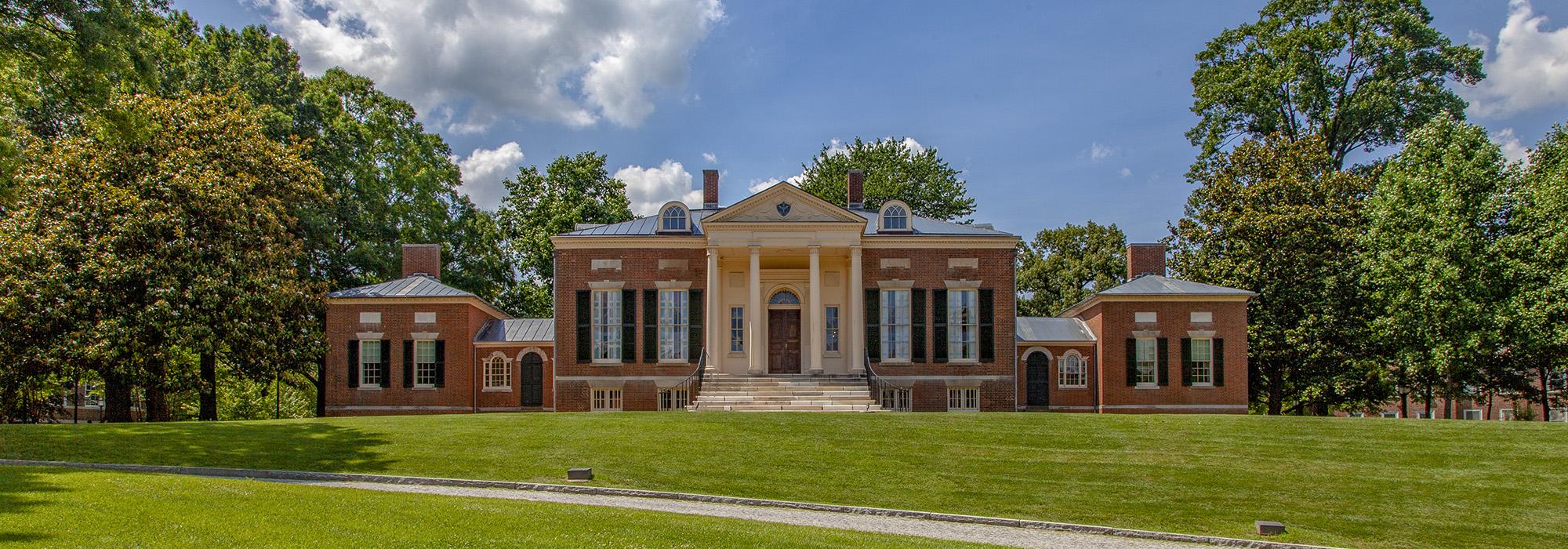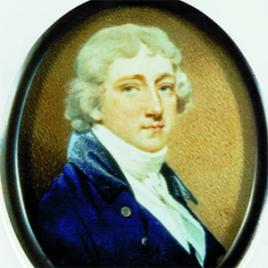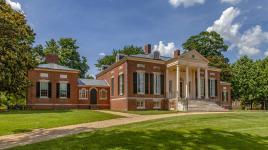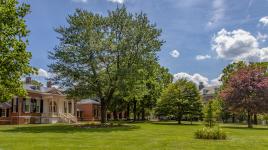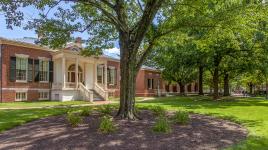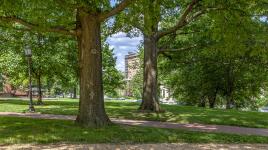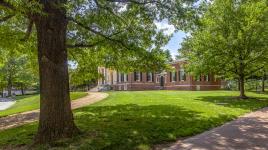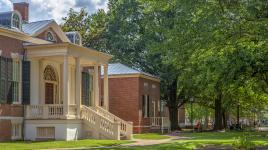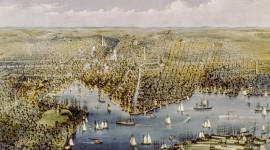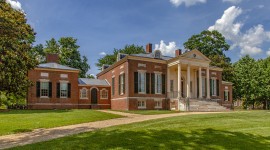Pioneer Information
Born in Annapolis, Maryland, to Charles Carroll (of Carrollton—a signer of the Declaration of Independence, plantation owner, and one of the wealthiest men in the American Colonies), Carroll, Jr., was sent to study at the Academy of English Jesuits in Liège, Belgium, in 1785. He returned to Maryland in 1794 after the academy closed. In 1800, upon his marriage to Harriet Chew of Philadelphia, he received from his father a 130-acre tract of land a few miles north of Baltimore, along with $10,000 to build a country home. Carroll, Jr., quickly became obsessed with his Homewood estate, sparing no expense to make it one of the finest examples of Federal-period architecture. Built on a Palladian-inspired plan, the house became renowned for its black walnut moldings (instead of the usual pine). The surrounding landscape comprised formal gardens, pear and apple orchards, fields of wheat and rye, and slave quarters. The extravagant detail in all aspects of the design soon sent the cost of the project soaring to $40,000 (four times the allotted amount), and the increased expense soured relations between father and son, with the former eventually refusing to pay for further construction in 1803. Meanwhile, Carroll, Jr., had descended into alcoholism, his violent and often erratic behavior finally resulting in a permanent separation from his wife in 1816. He died of acute liver cirrhosis at the age of 50, and the place of his burial is unknown.



